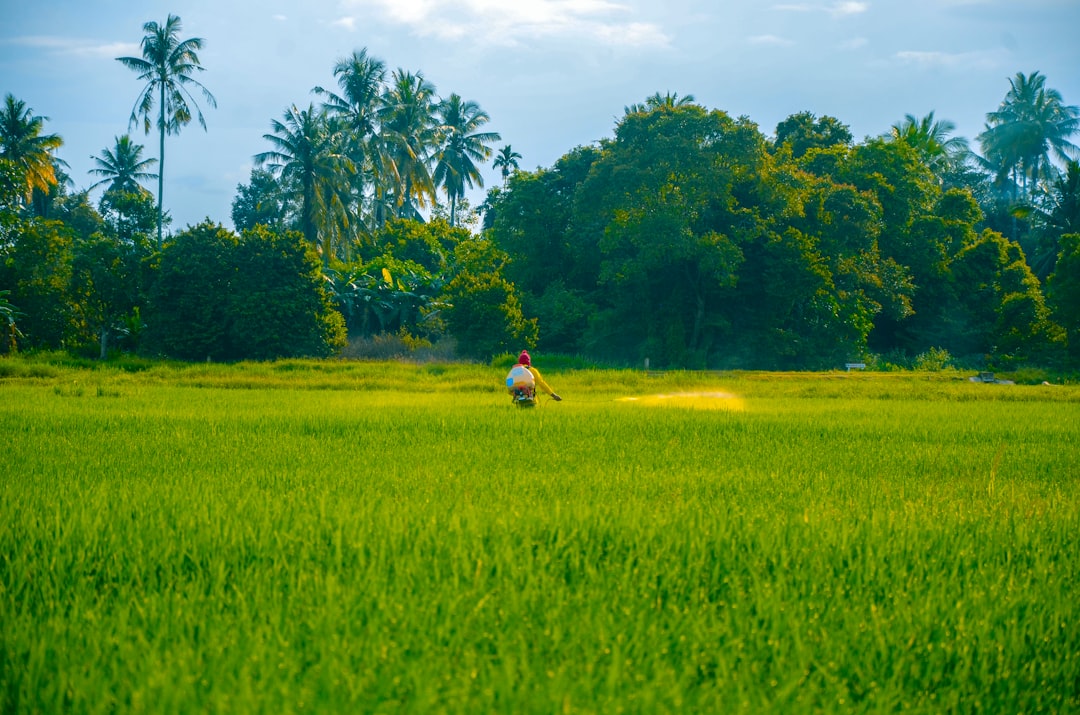What is it about?
Sustaining economic activities while curbing the number of new coronavirus disease 2019 (COVID-19) cases until effective vaccines or treatments become available is a major public health and policy challenge. In this paper, we use agent-based simulations of a network-based susceptible−exposed−infectious−recovered (SEIR) model to investigate two network intervention strategies for miti- gating the spread of transmission while maintaining economic ac- tivities. In the simulations, we assume that people engage in group activities in multiple sectors (e.g., going to work, going to a local grocery store), where they interact with others in the same group and potentially become infected. In the first strategy, each group is divided into two subgroups (e.g., a group of customers can only go to the grocery store in the morning, while another separate group of customers can only go in the afternoon). In the second strategy, we balance the number of group members across different groups within the same sector (e.g., every grocery store has the same num- ber of customers). The simulation results show that the dividing groups strategy substantially reduces transmission, and the joint implementation of the two strategies could effectively bring the spread of transmission under control (i.e., effective reproduction number ≈ 1.0).
Featured Image

Photo by Hannah Busing on Unsplash
Why is it important?
It has been challenging to identify nonpharmaceutical interven- tion strategies that reconcile two conflicting aims: Reducing the spread of infections while maintaining economic activities amid the coronavirus disease 2019 (COVID-19) pandemic. Commonly implemented strategies such as lockdowns or stay-at-home orders involve a significant restriction of economic activities. Using agent- based simulations, we show that two network intervention strategies that divide or balance social groups can substantially reduce transmission while sustaining economic activities. When the two strategies are jointly implemented without any additional measures, they can keep the effective reproduction number of COVID-19 around 1.0 in most cases.
Perspectives
Historically, people in the United States and other countries have accepted such strategies, which restricted individual freedoms in the face of an economic or social crisis. In the 1973 oil crisis, gasoline was scarce, and rationing strategies were implemented (60). For example, people with a vehicle with a license plate ending in an odd number could only purchase gasoline on odd-numbered days. Consolidation of the demonstrated strategies into culturally ac- ceptable interventions may be discussed in different phases of the COVID-19 pandemic in different sociopolitical contexts.
Akihiro Nishi
University of California Los Angeles
Read the Original
This page is a summary of: Network interventions for managing the COVID-19 pandemic and sustaining economy, Proceedings of the National Academy of Sciences, November 2020, Proceedings of the National Academy of Sciences,
DOI: 10.1073/pnas.2014297117.
You can read the full text:
Contributors
The following have contributed to this page










